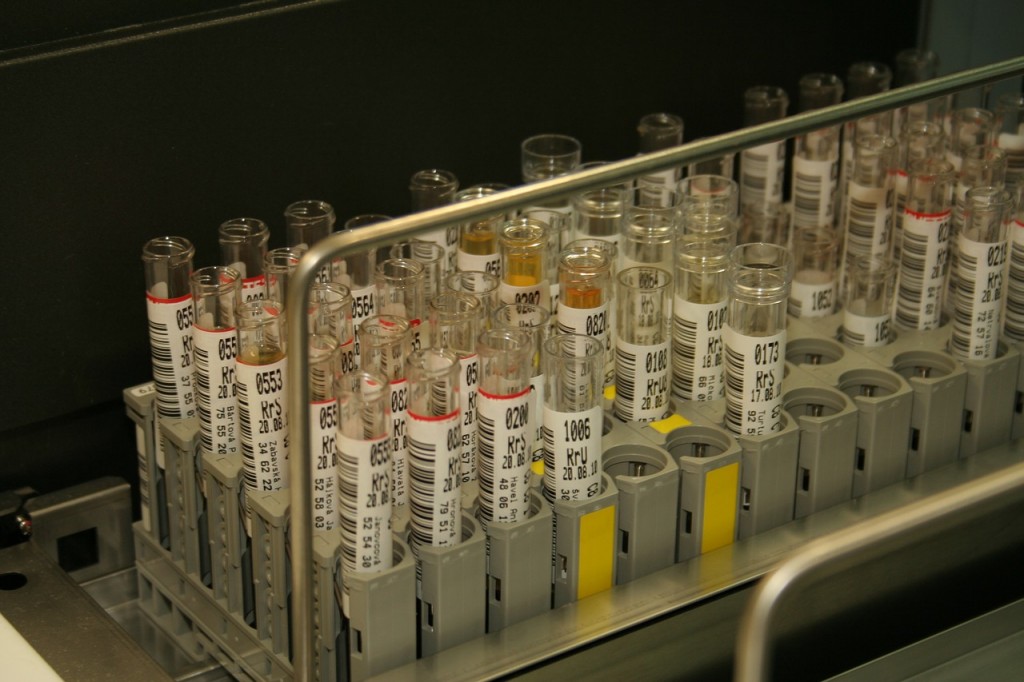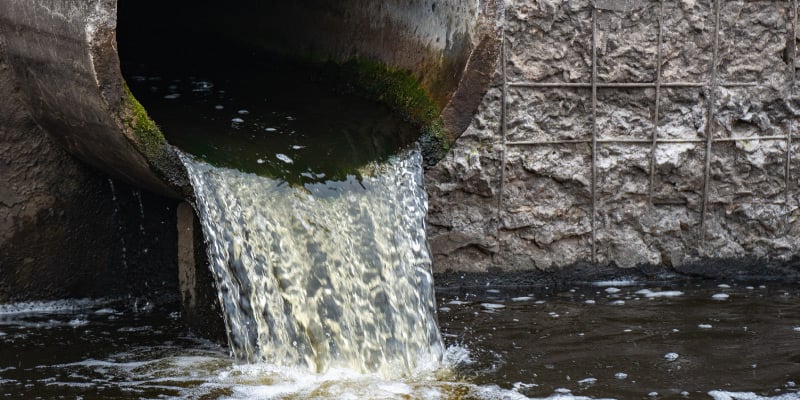Leading Liquid Waste Disposal Melbourne: Trusted Solutions for Appropriate Waste Management
Leading Liquid Waste Disposal Melbourne: Trusted Solutions for Appropriate Waste Management
Blog Article
Exactly How Liquid Waste Disposal Works: A Detailed Overview of Techniques and Technologies Employed

Introduction of Liquid Waste Kind
The intricacy of fluid waste kinds requires a detailed understanding of their characteristics and ramifications for disposal. Liquid waste can generally be categorized right into several types, consisting of commercial, local, agricultural, and contaminated materials. Each group shows distinctive buildings, requiring particular administration techniques to mitigate environmental and health risks.
Industrial liquid waste stems from making processes and usually consists of a variety of impurities, such as heavy steels, solvents, and natural compounds. Local liquid waste, mostly comprising wastewater from homes and commercial establishments, consists of natural issue, nutrients, and pathogens (industrial wastewater treatment). Agricultural liquid waste, including drainage from ranches, might contain plant foods, chemicals, and pet waste, presenting dangers to water high quality and communities
Hazardous fluid waste is identified by its poisoning, reactivity, or prospective to cause injury. Understanding these diverse liquid waste types is important for developing efficient disposal approaches and ensuring compliance with ecological regulations.
Physical Treatment Techniques

Screening is the preliminary action, where larger fragments and debris are removed from the liquid waste making use of screens or grates. In sedimentation containers, much heavier bits clear up at the base, developing a sludge layer, while the clarified fluid can be more dealt with.
Purification is one more crucial technique that involves passing the liquid with permeable products, such as sand or membrane layers, to catch smaller bits. This action boosts the quality of the fluid, making it suitable for subsequent treatment procedures.

Chemical Therapy Techniques
Chemical treatment methods are crucial for effectively managing liquid waste, particularly in addressing liquified and colloidal pollutants that physical methods might not adequately eliminate. These strategies utilize various chemical agents to counteract, speed up, or change hazardous materials right into much less harmful kinds.
One typical technique is coagulation and flocculation, where chemicals such as alum or ferric chloride are contributed to advertise the gathering of suspended particles. This process boosts sedimentation, permitting less complicated elimination of the resulting sludge. In addition, oxidation processes, employing agents like chlorine or ozone, are utilized to damage down complicated natural compounds and virus, making the waste much safer for discharge or additional treatment.
Neutralization is another vital strategy, which adjusts the pH of acidic or alkaline waste streams to neutral degrees, protecting against prospective damage to downstream systems and the environment. Furthermore, progressed oxidation processes (AOPs) make use of mixes of oxidants and ultraviolet light to deteriorate consistent pollutants, accomplishing a higher level of therapy effectiveness.
Biological Treatment Procedures
Organic treatment processes play a crucial duty in the administration of fluid waste by utilizing microorganisms to decay organic issue and reduce pollutant degrees. These procedures can be broadly categorized right into cardiovascular and anaerobic therapies, each employing details microbial communities to accomplish efficient waste deterioration.
Cardio therapy entails making use of oxygen to help with the failure of natural materials by germs. This procedure is generally applied in triggered sludge systems, where oygenation containers give a helpful setting for microbial development, resulting in the oxidation of natural contaminants. The resultant biomass can be separated from treated effluent with sedimentation.
On the other hand, anaerobic therapy takes place in the absence of oxygen, relying upon different microorganisms to break down natural issue. This technique is especially useful for anonymous high-strength waste, as it produces biogas, a sustainable power source, while reducing sludge manufacturing. Technologies such as anaerobic digesters are regularly used in commercial and local applications.
Both cardiovascular and anaerobic organic treatments not just decrease the environmental influence of fluid waste yet additionally assist in resource recuperation, making them essential components of sustainable waste monitoring strategies. Their adaptability, effectiveness, and performance support their widespread execution throughout different fields.
Arising Technologies in Disposal
Cutting-edge techniques to fluid waste disposal are swiftly progressing, driven by improvements in technology and a boosting emphasis on sustainability. Among these emerging modern technologies, membrane layer bioreactors (MBRs) have actually acquired grip for their capability to integrate organic therapy with membrane purification, resulting in top quality effluent that can be recycled in various applications. MBRs allow smaller sized impacts and a lot more effective procedures compared to traditional systems.
One more appealing development is the usage of anaerobic digestion incorporated with nutrient healing innovations, which not just treats fluid waste but additionally generates biogas and recovers important nutrients like nitrogen and phosphorus. This double benefit boosts source efficiency and minimizes environmental impact.
Additionally, advanced oxidation procedures (AOPs) are being taken on for the degradation of complicated original site natural pollutants. These techniques use effective oxidants and drivers to break down pollutants at the molecular degree, offering an extremely efficient solution for tough waste streams.
Moreover, the assimilation of expert system and artificial intelligence in waste administration systems is optimizing functional performance and predictive upkeep, leading to minimized prices and improved ecological compliance. These modern technologies reflect a substantial change in the direction of even more sustainable and reliable liquid garbage disposal practices.
Final Thought
In conclusion, effective liquid waste disposal necessitates an extensive understanding of different techniques and modern technologies. By continually advancing these methodologies, it comes to be possible to attend to the expanding obstacles associated with fluid waste, inevitably adding to environmental defense and resource recuperation.
Liquid waste disposal is a crucial aspect of ecological administration, requiring an extensive understanding of various methods and technologies customized to various waste types. Fluid waste can generally be categorized right into a number of kinds, consisting of commercial, municipal, agricultural, and harmful waste. Agricultural fluid waste, including runoff from farms, may have plant foods, chemicals, and animal waste, posing dangers to water top quality and communities.
Numerous physical treatment methods play internet a vital duty in taking care of liquid waste efficiently - industrial wastewater treatment.In verdict, reliable liquid waste disposal necessitates a thorough understanding of various techniques and innovations
Report this page